University Public Health Survey Design Assignment: STAT6000
VerifiedAdded on 2022/08/21
|6
|714
|21
Homework Assignment
AI Summary
This assignment focuses on designing a short telephone survey to investigate the demographic characteristics of a local community's population and differentiate between users and non-users of a local health service. The assignment includes two parts. Part 1 discusses identifying and contacting the two groups, exploring potential population data sources, and evaluating the advantages and disadvantages of each. It also details the sampling method, recruitment process, and limitations of the survey. Part 2 presents the survey questionnaire with questions covering demographics (sex, age, marital status), health conditions, and opinions on the health services (strength and balance programs, service usage, experience, and opinions on service quality and future use). The assignment aims to assess survey design, data collection, and sampling techniques to minimize bias in the context of public health research.
1 out of 6
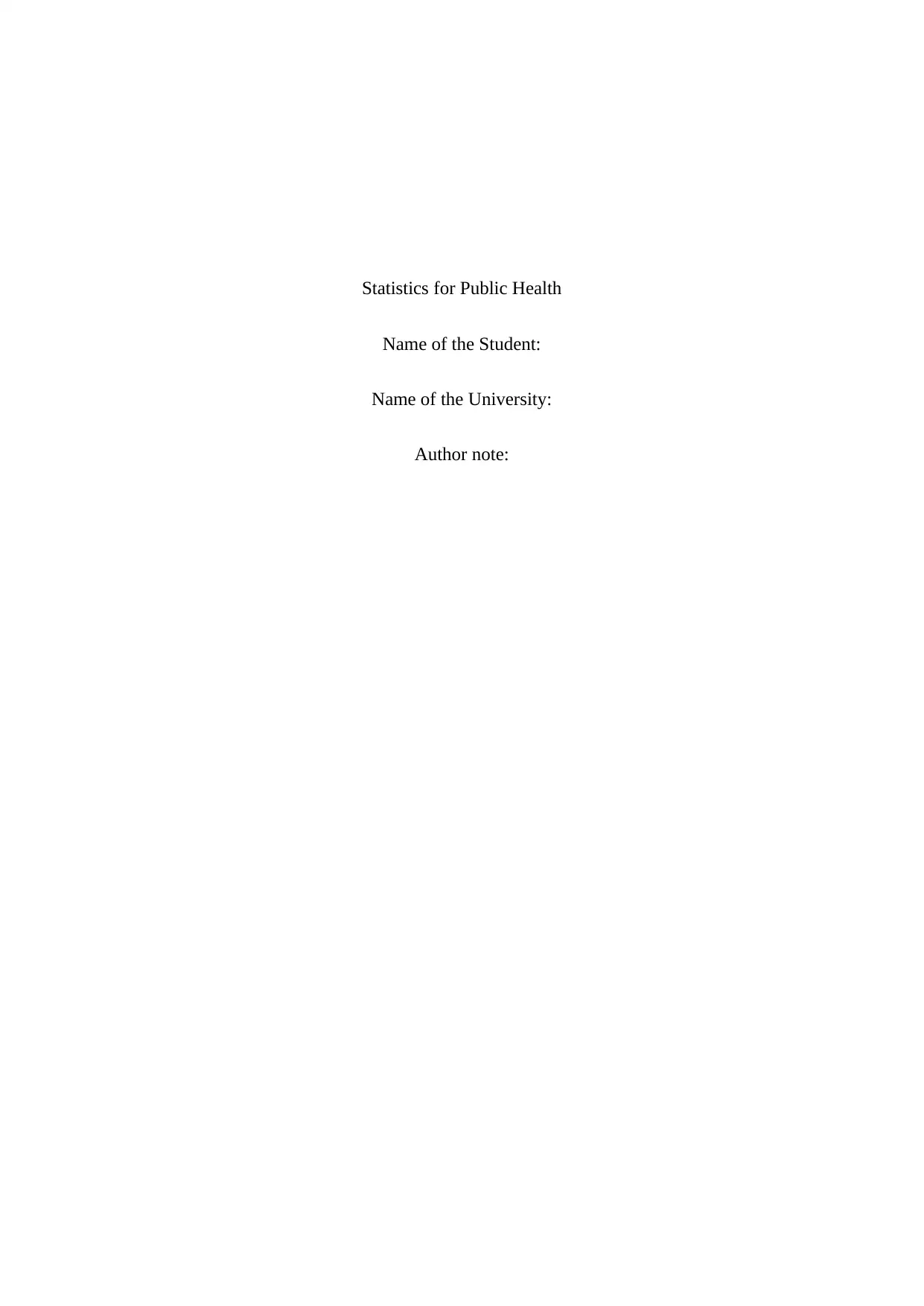
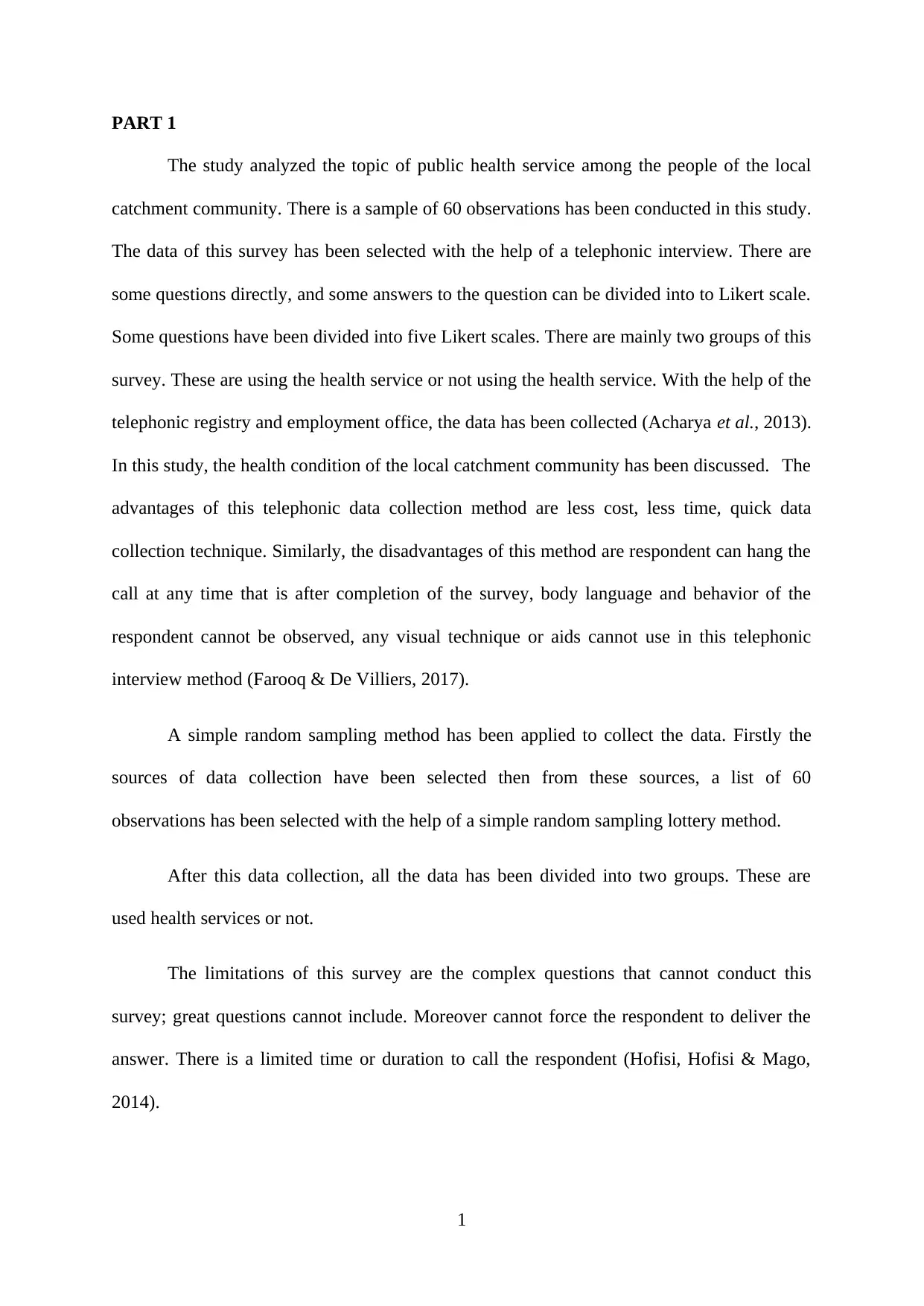
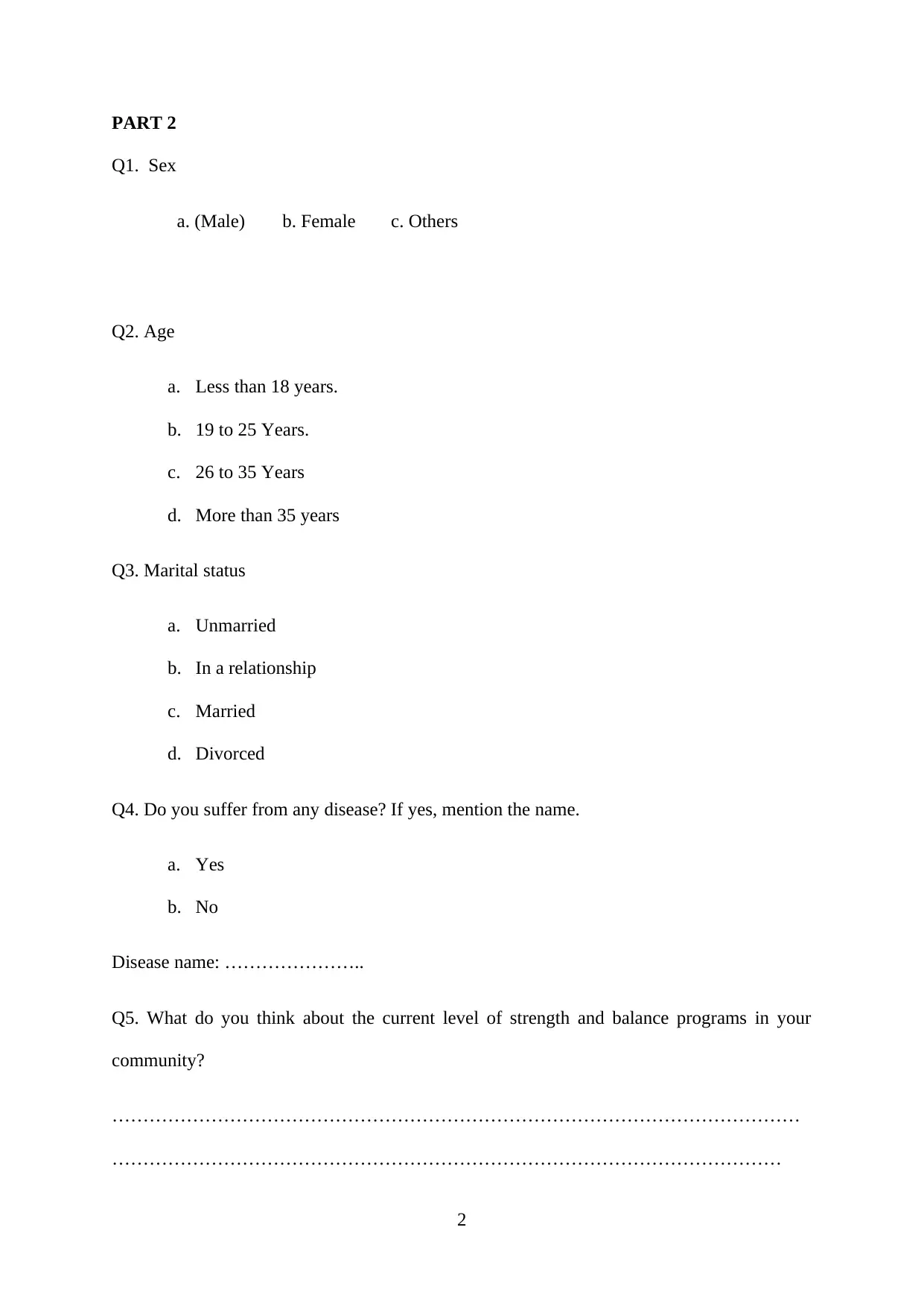

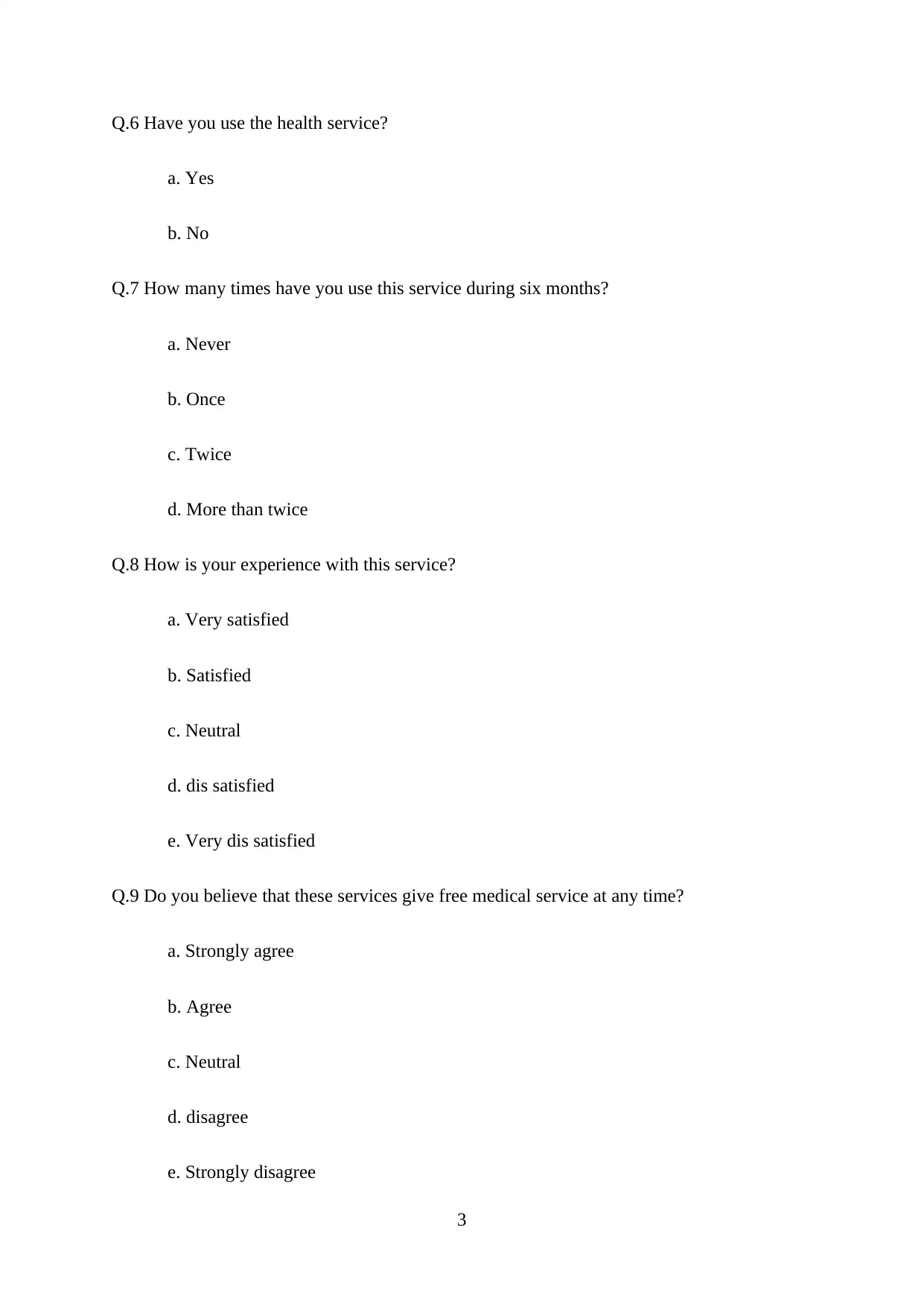
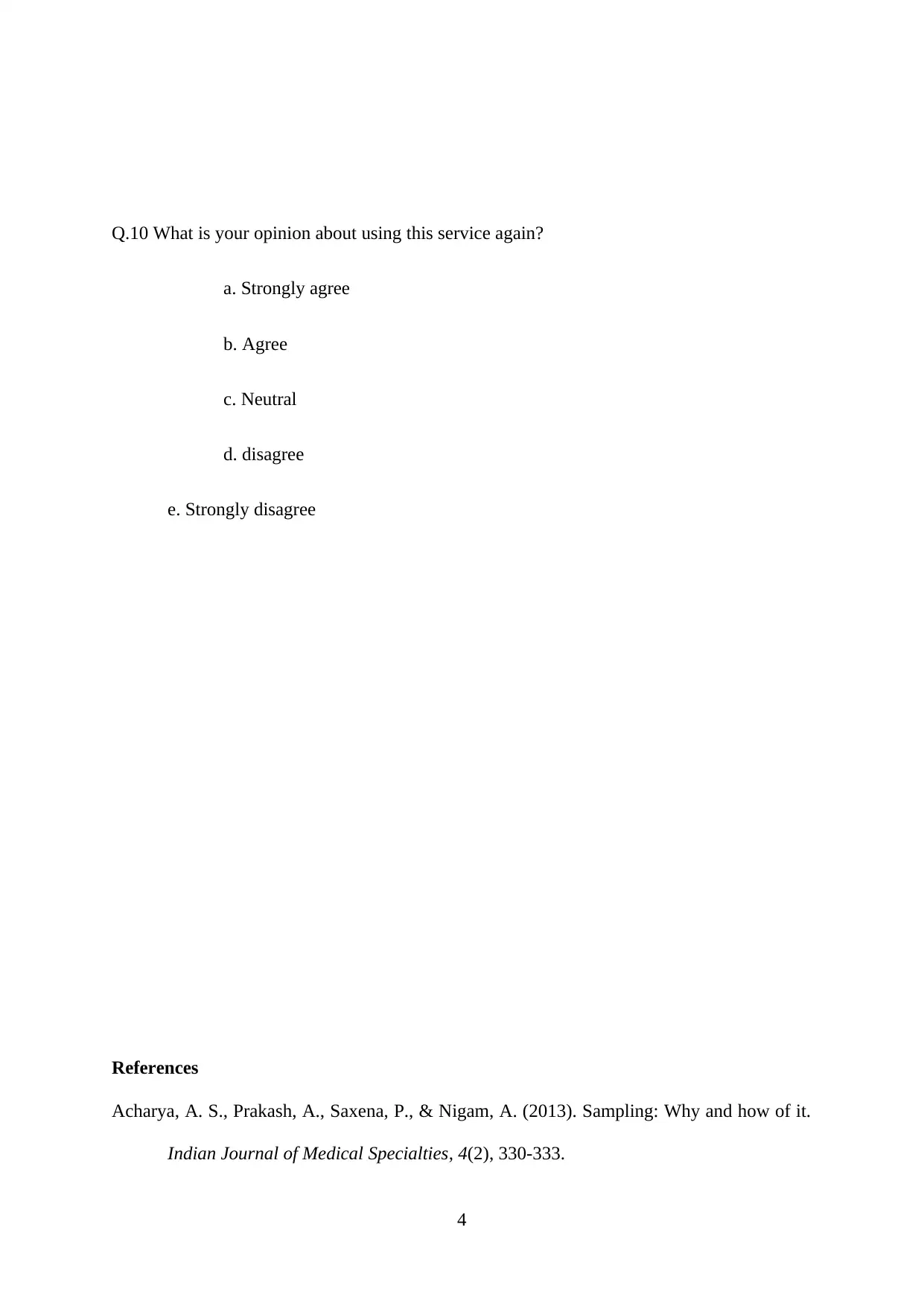
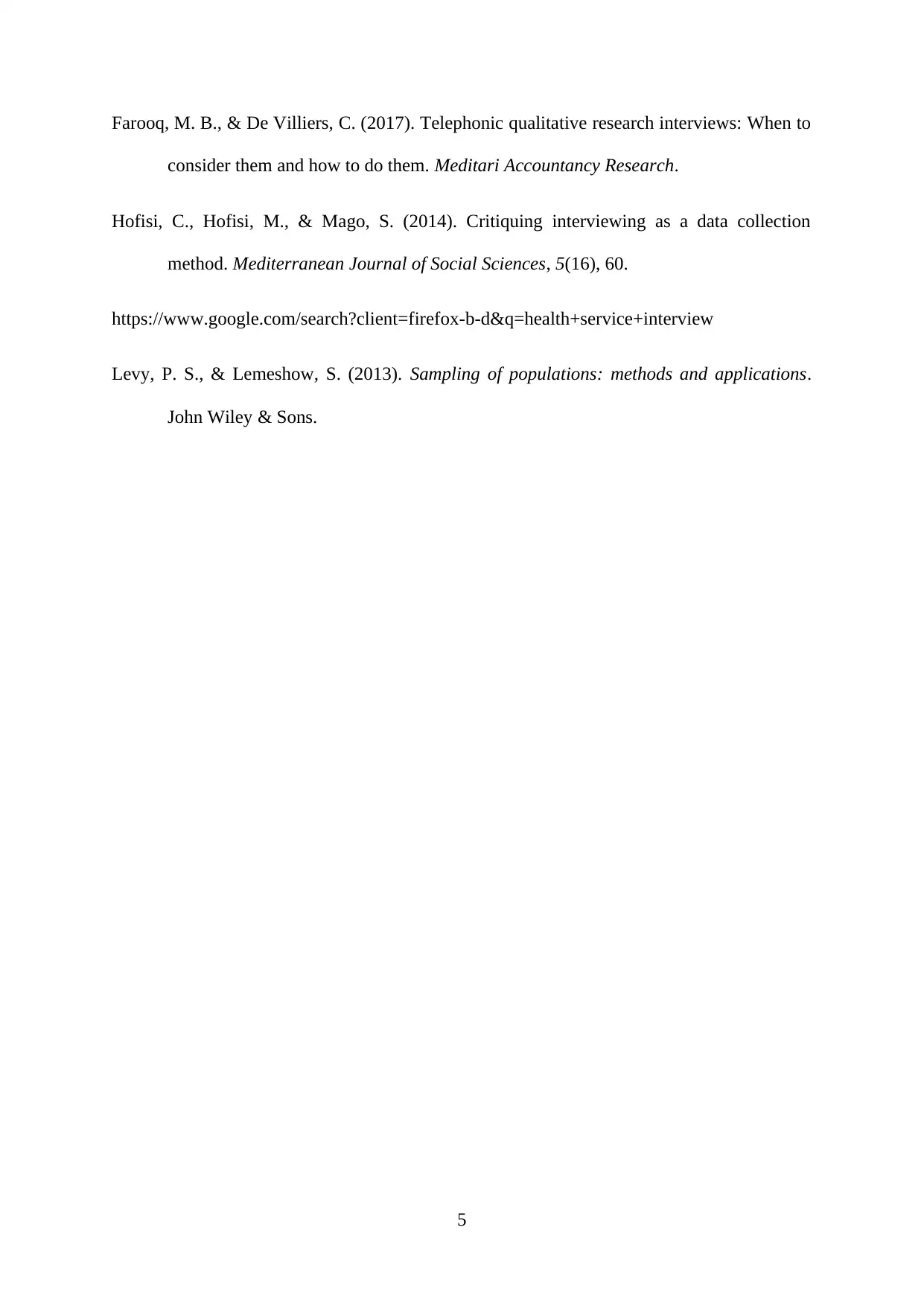





![[object Object]](/_next/static/media/star-bottom.7253800d.svg)